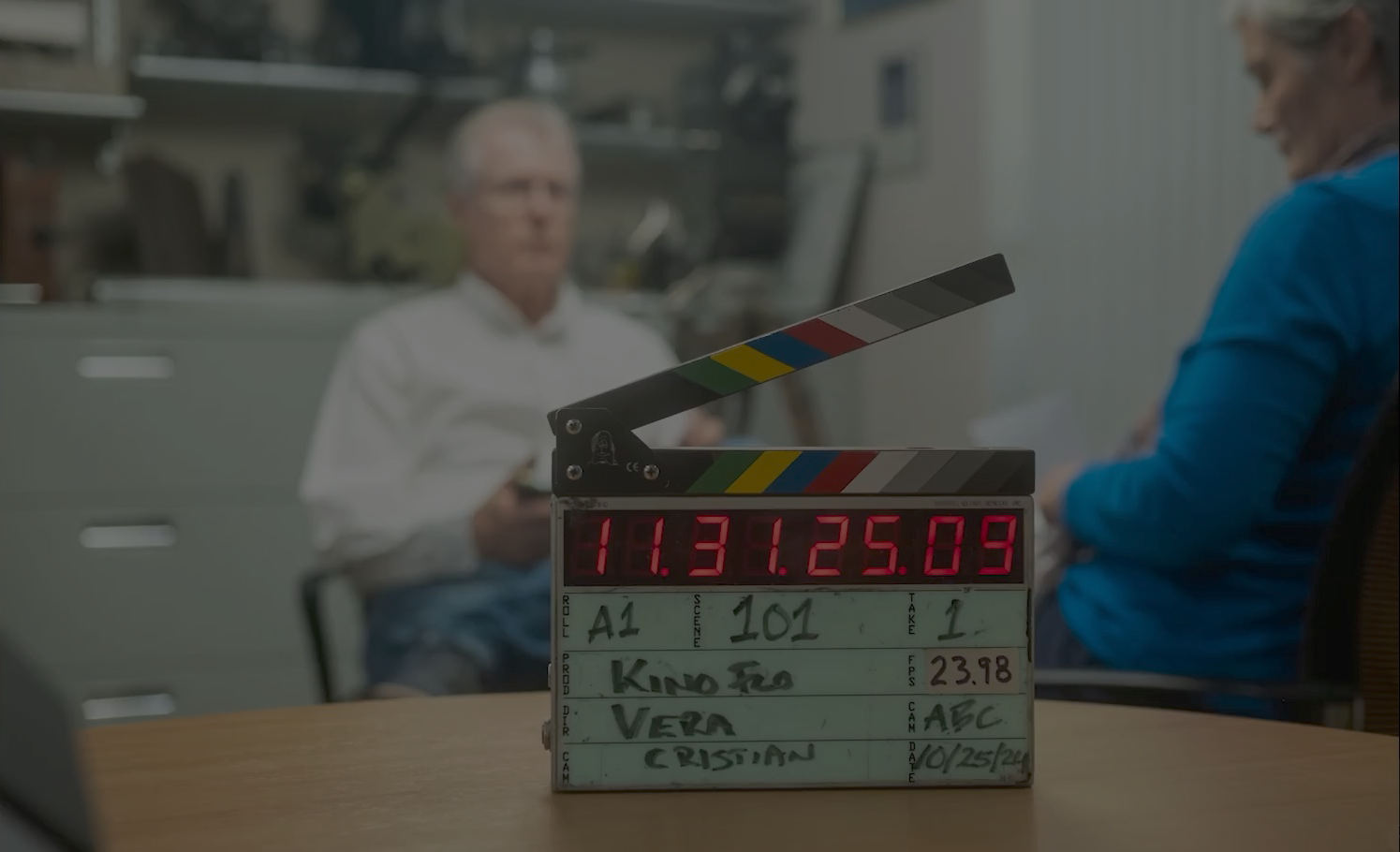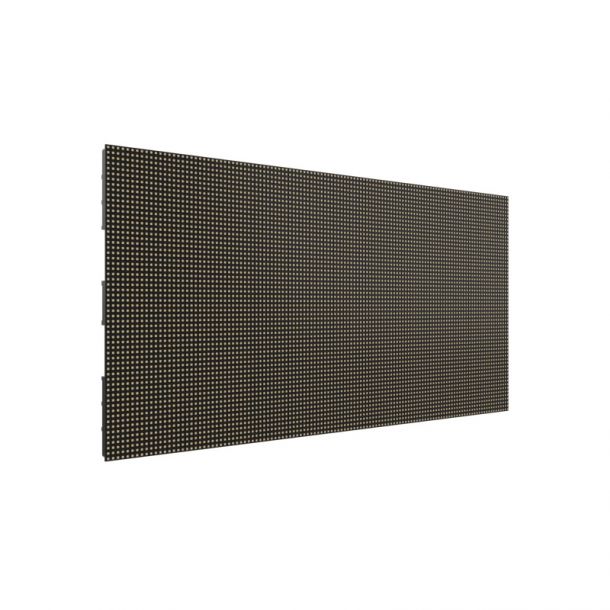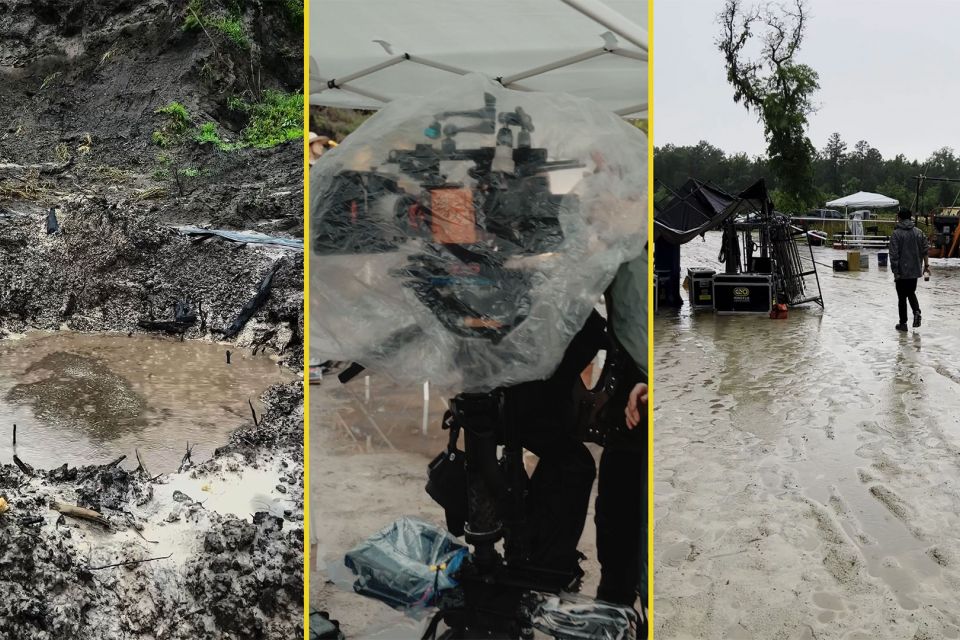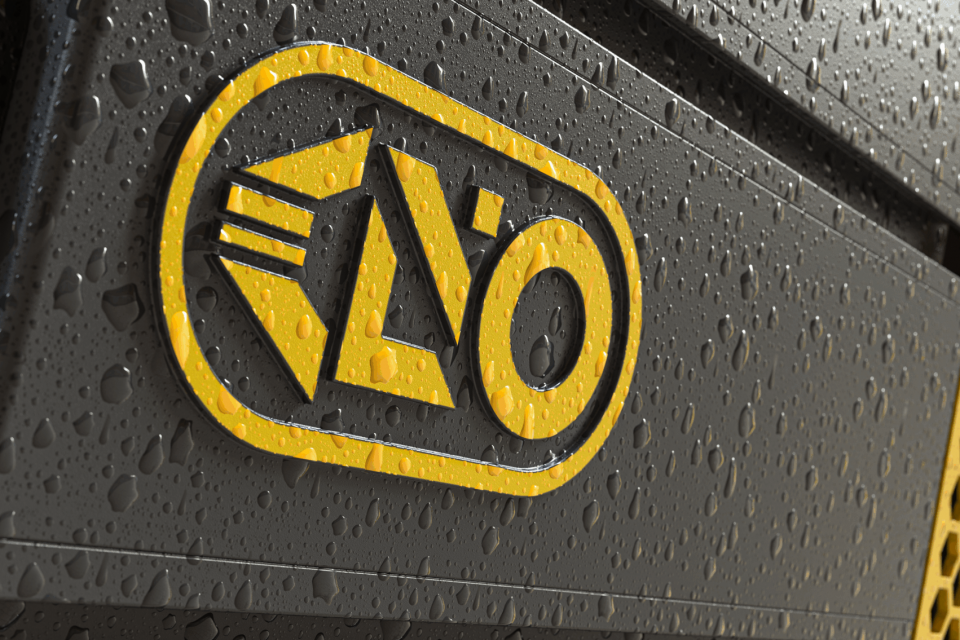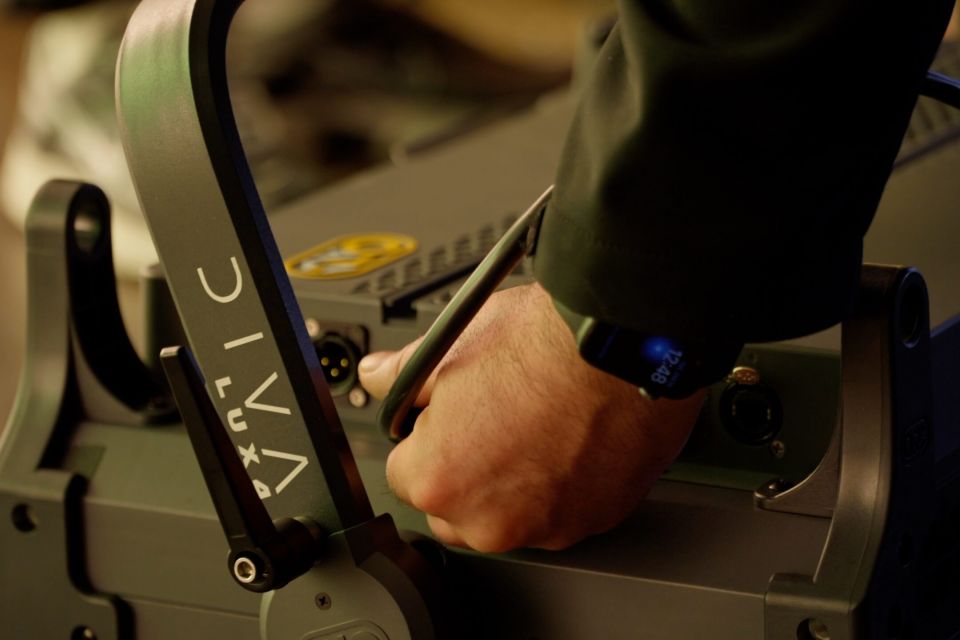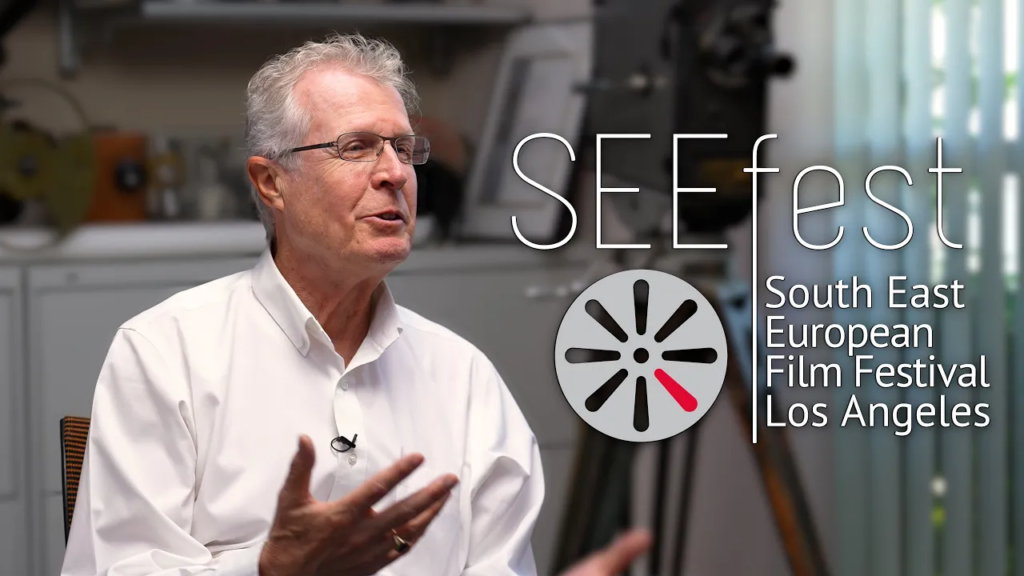
Vera Mijojlić: “All the good Hollywood stories start in the garage… How did you come up with this?”
Frieder Hochheim: “It all starts very simply. As filmmakers, we’re problem solvers. Every time the camera moves, you’re solving the next problem. I was starting a Dennis Hopper picture with Charles Minsky ASC and he says, “You know, it’d be really nice if we could just take a fluorescent and…”
“All of this came together for very practical reasons. I wanted to be able to control light in some way, shape or form.”
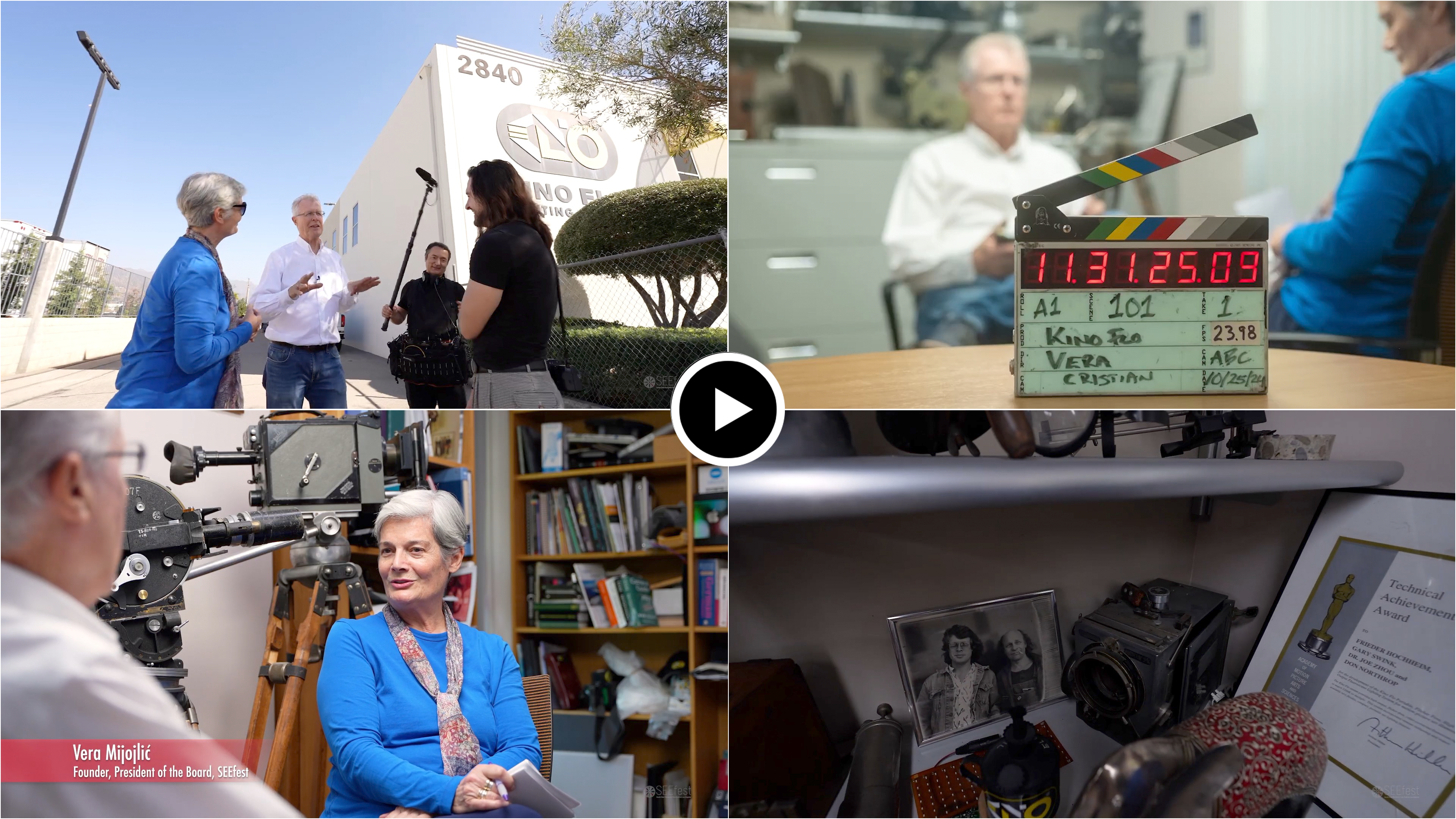
FH: “At the time that Steve Jobs and Bill Gates were nosing around in Xerox, I happened to be there at the same time, but in this story, it was a fluorescent ballast for a copy machine, and the fluorescent bal- last had to be a high frequency ballast because it was scanning an image, and you couldn’t have a fluc- tuating light level.
”I got the name of the company that was making the ballast, thinking, ‘High frequency, no flicker? I’ve got to try this’.”
“Lo and behold, the damn thing worked!”
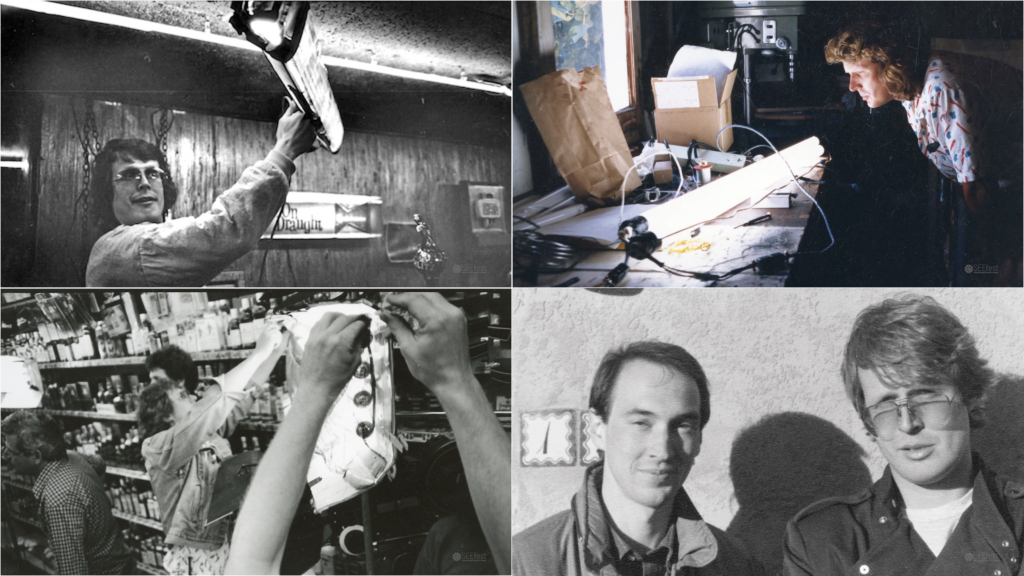
VM: “Can you tell us the progression from from this, from your garage, from figuring out a solution. How did you move from there to more sophisticated solutions?”
FH: “All of this came together between Gary Swink and myself. Gary Swink was my best boy. The very first picture we shot with these was Barfly, with Robby Müller as cinematographer, and Robby was very brave to go ahead and say, ‘We’re going to do it all with these fluorescents.’
“The biggest problem we had initially was that the fluorescent tube was not necessarily color correct. We had to come up with a better solution than just gel. So, this is where Kodak came into the picture. There was a senior scientist at Kodak that I reached out to, telling him: ‘I’m trying to match a spectrum to film stock.’ And he comes back: ‘I’ll tell you what I’ve got. I’ve got this spectrometer that I developed where it has all the spectral response curves of film and I can look at any light source and tell you what you need to do to correct it. This started the back and forth… and put us on the path of having a soft light and a cosmetic light that did not need color correction.”
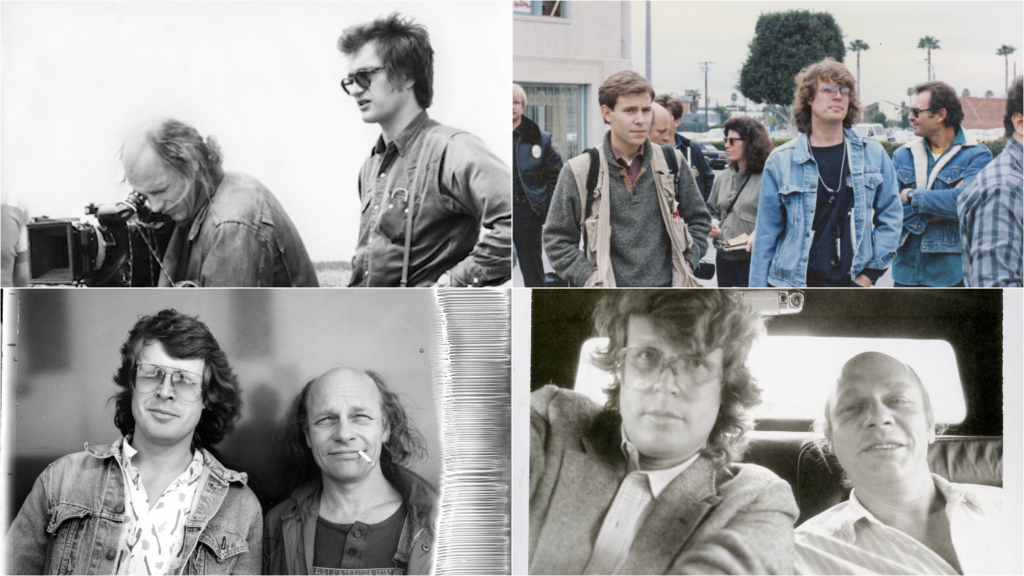
VM: “That was an exciting time in the late ’70s and ’80s. You were fortunate to work with great people and to test some of the stuff with fantastic filmmakers and artists. How did you see things evolve in cinema?”
FH: “I came to Hollywood in 1983 and at that time, there were some major advances in motion picture technology: lenses were getting very fast (you could now shoot wide open, at f/0.9 aperture settings); you had smaller cameras, a lot more handheld; film stocks were getting much faster. So now you’re going into locations that were much smaller, facilitating a style of shooting that we had not really been able to do before.
”I started Kino Flo in ’87 and the the use of lightweight soft lights – with the idea was that they should be able to replicate a bounce card – freed up a lot of space.
“On a picture like Barfly, which was all location shooting – very small, tight interiors; wide lenses, shoot- ing into windows – trying to balance interior to exterior. Huge, huge challenges to maintain the integrity of light.
”Barfly was a lot of fun, breaking new ground, doing things aesthetically we had never been able to achieve before, and having an integrity of light that was true to Nature.”
“When you have an idea and you see that an industry is responding to it, it motivates you to do more.”
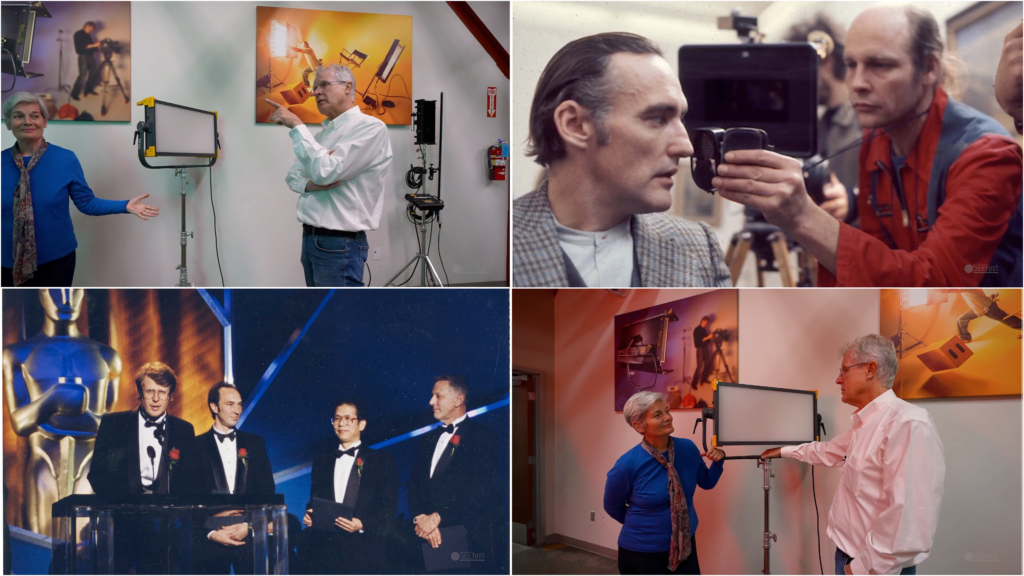
FH: “The latest we’re coming out with next is the Celeb IKON. This is going to be a very, very bright light. And it’s also IP65 – so this is a big deal – the fact that you can go outdoors in the rain with it.

